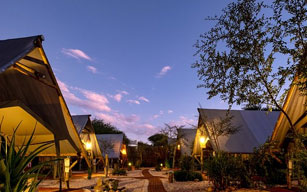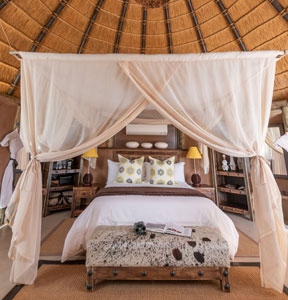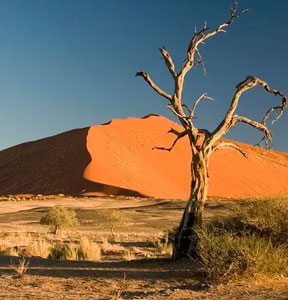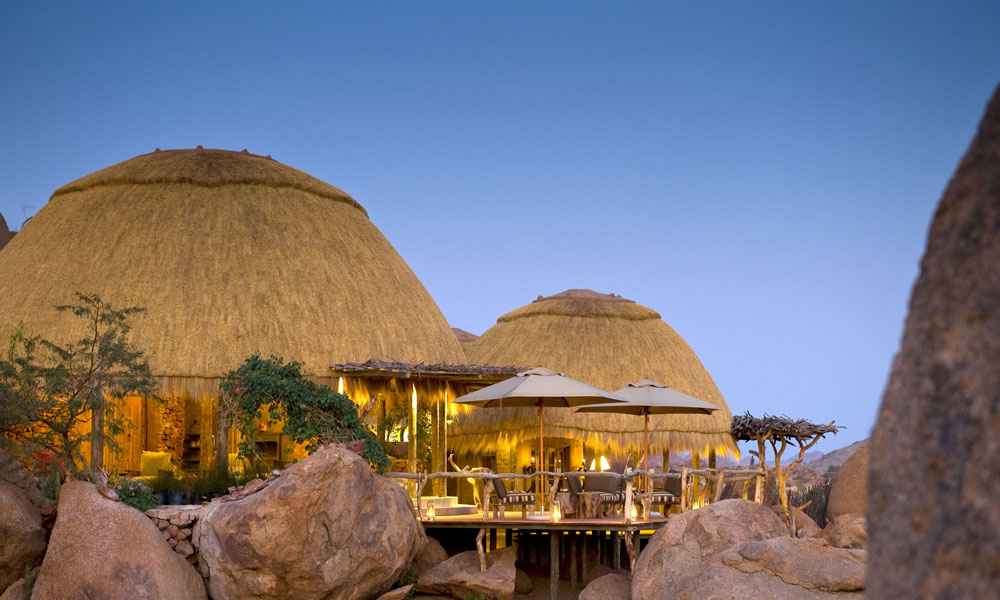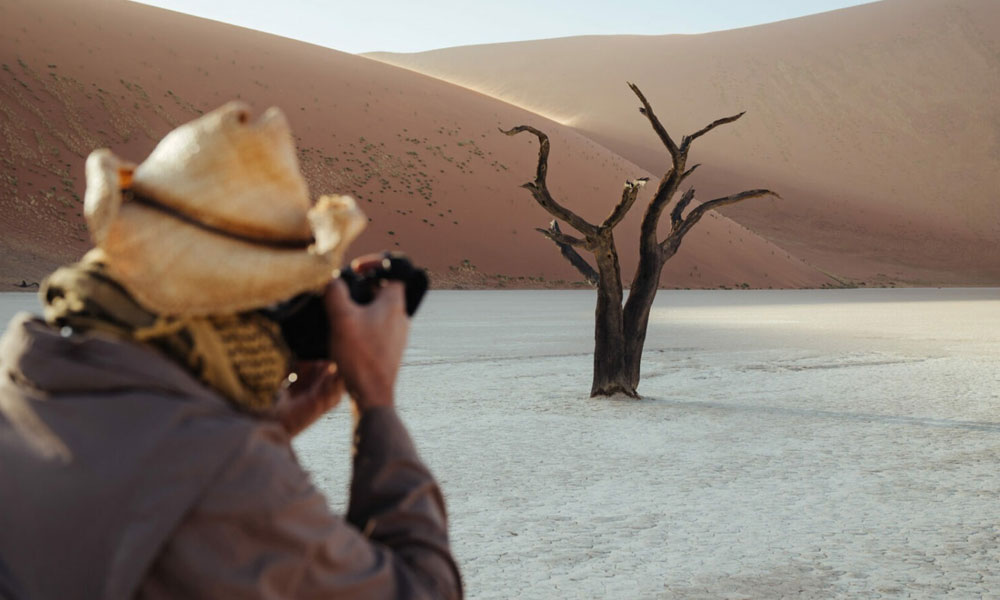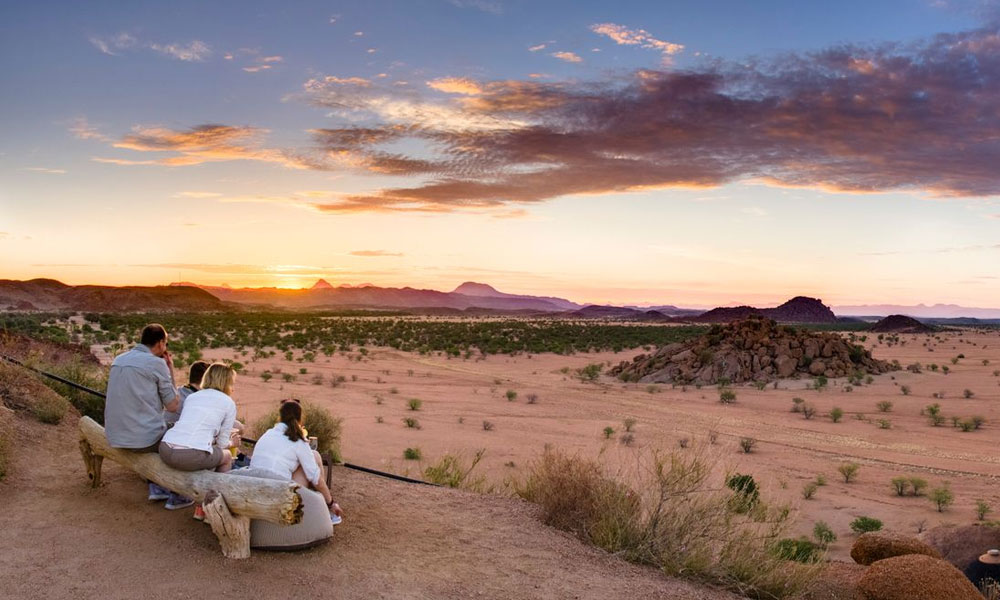We have a more leisurely start today and after a cooked breakfast we head south along the coast to the adventure capital of Namibia, Swakopmund.
Heading south on the coast road our first stop is a more recent shipwreck. 15 km south of the small town of Henties Bay a fishing trawler, The Zeila, was beached in 2008. She was an old vessel that had been sold for scrap and was under tow at the time. The cable snapped and, as so many vessels before her, she was caught in the swell and currents and ended up on the beach. She lays quite close to the shore and is well positioned for photos.
Continuing south along the coast road there is another interesting stop to make before we arrive in Swakopmund. Namibia is home to a world-record number of lichen and along the coast here we find vast lichen fields. Examples such as we have here, of this nature and scale are very rare around the world.
Lichen often look like plants and do to some degree function like plants but they are not a plant and can be well described as a composite organism. The lichen we find in such abundance along the Skeleton Coast are called macro-lichen which typically refers to lichen that are bush like or leafy.
The curious thing about lichen is that it is made up of two separate organisms, algae and fungi. Neither organism would be able to survive in this environment on its own, (separate them and they will both die), but together they form a symbiotic relationship within which both can thrive. The fungi is responsible for collecting the moisture that they both use and the algae is responsible for the food. Unlike plants lichen have no roots, but they do perform photosynthesis, or rather the algae part of the lichen, which is green, performs photosynthesis. The chemical sugars produced by this process keeps both fungi and algae well fed. It almost never rains on the Skeleton Coast but the region is famous for its foggy weather. Heavy mist is common, occurring up to 250 days of the year, and all the organisms, including lichen, that survive on the Skeleton Coast, are specially adapted to be able to utilize fog as their main source of water. Lichen is extremely fragile. Typically with a growth rate of around 1 millimeter per year, and it is very easily damaged. Off-road driving is a major problem for the conservation of these unique lichen fields, but a lot of damage is also done simply by people walking on the lichen. Our guide will direct us as to where we are allowed to walk as he introduces us to the lichen fields and great care must be taken that we do not inadvertently cause any damage during our visit. We completed the final leg of our journey into Swakopmund, an interesting place to say the least, bound to the north, the east and the south by the mighty sand dunes of the
Namib Desert and to the west by the Atlantic Ocean. There are still many examples of colonial German architecture to be seen and the German language is still widely used. The town was founded by Captain Kurt von François of the imperial colonial army of the German empire in 1892. (He also founded Windhoek in 1890).
Swakopmund offers many opportunities to keep us busy during our time here. The town center is small and easily explored on foot but there are also many extra, optional activities available. Scenic flights over the desert are very popular and for the more adventurous perhaps try skydiving or quad biking over and in the Namib dunes.
For the more leisurely minded there are bicycle tours and the very popular ‘living desert’ excursions. Here you will join a group in a vehicle with a specialist guide who will take you into the sand dunes sea and introduce you to some of the amazing creatures and plants that survive in one of the toughest environments in the world.
Our guide will discuss all the options with you in advance and will be able to facilitate any bookings that we would like to make. Lunch and dinner tonight are for your own account, Swakopmund boasts some truly excellent restaurants and again our guide will be able to help you with recommendations and bookings.

